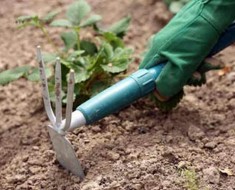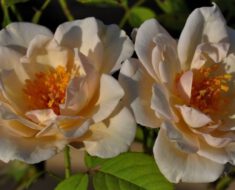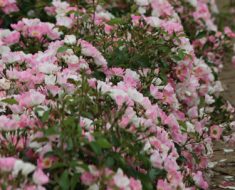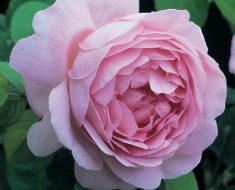Dew Powdery Mildew is a fungal disease caused by the microscopic fungi Erysiphales. Their powdery white mycelium appears on leaves, buds or fruits in most cases at the beginning of summer.
What does mildew look like
On the leaves of the affected plant, appears white coating of mycelium. Form on it drops of liquid after the spores mature. Most often, you can see such a picture on the leaves and young buds. Another disease affects the petioles, stalks and fruits. Powdery mildew begins in most cases with those parts of the plant that are closest to the ground. If you do not respond to it in time, then it can spread to the rest of the plant. Fruits rot and crack as a result of a secondary infection invasion.
powdery mildew of cucumber
The Causative agents of powdery mildew
There are many causative agents of powdery mildew. Different types of fungus affect different plants. Here are a few examples of pathogens and plants suffering from them:
- Uncinula necator (or Oidium tuckeri) -grapevine
- Sphaerotheca mors-uvae-gooseberries
- Erysiphe graminis-crops
- Sphaerotheca pannosa forma persicae-peach
- Erysiphe communis- Sugar beet
- Spera bee Sherfossa. var. rosae Voron. – rose
- Erysiphe cichoracearum, Sphaerotheca fuliginea – pumpkin
- Oidium erysipeloides – cucumbers
And so the list of fungi that cause powdery mildew can be continued for a long, long time. They are united by the same signs of the manifestation of the disease on plants. Whitish bloom and drops of “dew” are manifested in the wilting of the plant, the delay in its growth, and in a neglected state and death.
beets and powdery mildew
Contributors to harm
- long rains + temperature below +25 C
- increased humidity (more than 60%) + temperature below +25 C
- frequent and sudden changes in temperatures of
- excess nitrogen fertilizers
- oh-so-very dense plantations
- drying out of the soil
- excess of moisture in the soil
- radical pruning
Prevention against powdery mildew
How to overcome powdery mildew? Better to warn her. How to do it?
- the use of disease-resistant plant varieties
- destruction of diseased residues, cutting and burning of diseased parts of plants
- deep plowing of the soil
- moderate and timely irrigation
- clearing the area of residues in autumn
- crop rotation
- normalized top dressing with nitrogen fertilizers
- timely application of potassium-phosphorus fertilizers
- late winter / early spring mandatory sanitary pruning
- preventive spraying preparations
Asto treat mildew
If you still mildew come into your garden or vegetable garden, you should not delay the treatment of this disease. In garden centers, you can buy many antifungal drugs (fungicides). Many of them are designed for specific cultures or pathogens. There are those that have a wide spectrum of action. There is plenty to choose from, but you can’t delay.
indoor violets and powdery mildew
Powdery mildew is a rather insidious disease. With insufficient processing, it can re-come and take root even deeper into your garden. Sulfur, colloidal sulfur, Bordeaux mixture, copper sulfate, milk whey, wood ash, laundry soap, soda ash, potassium permanganate and others will help cope with the early stages of the disease. Large lesions are best treated with chemicals. It is only necessary to follow the instructions for the preparation of spraying solutions and safety precautions when processing such substances.
Have a beautiful and healthy garden!








